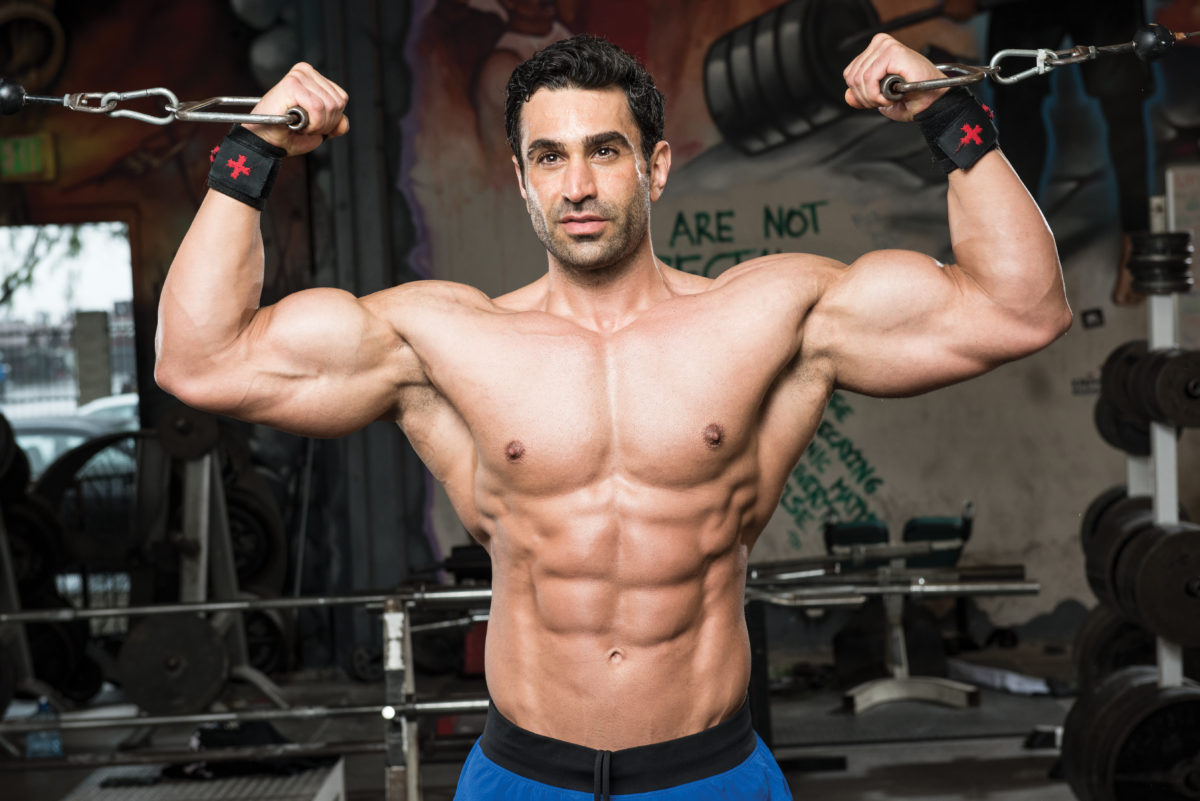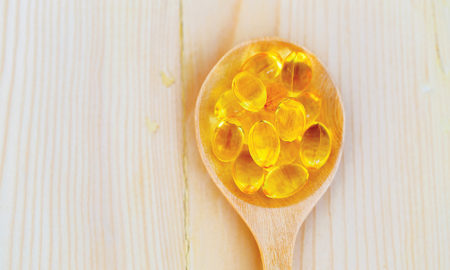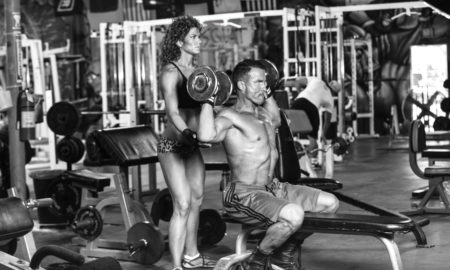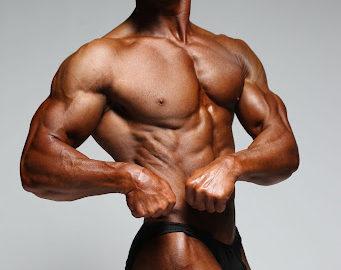

The precise use of this popular training technique can be your key to bigger biceps.
By Tony Estrada
To succeed one must fail. That is a simple frequent fact in business and, more often, in the gym. The question in bodybuilding remains: “How often should one achieve true muscular failure?” We know that changing one’s program is part of avoiding stagnation and that utilizing failure is one of the steps to progress. But how do we fit it into our program without the unwanted results of injury, overtraining, and wasted effort?
Let’s first observe what happens to our muscles during true muscular failure. It’s important to note that for a muscle to achieve full muscular failure you must use the muscle throughout its entire range of motion until you are no longer able to perform a complete concentric contraction. Multiple back-to-back drop sets are required to achieve the three types of muscular failure one can experience: 1) Myofibril failure, when the force of the weight is too great for the exercise; 2) Intermediate failure, when the muscle fibers exhaust along with the glycogen stores; and 3) Mitochondrial failure, when the cells can no longer fuel the muscle and a contraction at any weight can no longer happen.
To further avoid the falling into a pit of stagnation, we introduce the FITT Principle, which stands for Frequency, Intensity, Type, and Timing. Our specific focus is a variance in the rep ranges when doing drop sets to failure to benefit from all dimensions. For the first set, use a weight you can perform four to six reps to myofibril failure. Lower the weight slightly and repeat four to six reps without rest. Sets three and four should follow the same pattern regarding weight adjustment but should be done in the six- to 10-rep range producing intermediate failure. Sets five and six should be approximately 15 to 25 reps, but the focus should be set six, where the athlete should continue until full range of motion can be actively achieved indicating mitochondrial failure.
Nick Hunt NSCA, CSCS, fitness manager at Fitness 19 Algonquin in Illinois, and I have designed a biceps workout to demonstrate how to incorporate this failure program into your hypertrophy routine. Nick and I have worked closely together for two years, and our best results in gains have been from sets to failure for each muscle group, one time per week, utilizing both machines as well as free weight.
I have always told clients, “It doesn’t matter if you lift five pounds 500 times or 500 pounds five times—as long as you struggle to perform the last rep, you will change as long as your program changes.” Now let’s get out and implement some responsible failure into our mesocycles and get your biceps popping. IM

The Biceps Failure Workout
The Biceps Failure Workout
Begin each workout with five to 10 minutes of moderate-intensity cardio. For the first five exercises, perform two sets of each exercise for four to six reps. Begin this failure plan with the first set of the fifth exercise (the 12th set overall), which is the machine preacher curl. The total sets for that exercise (and only that exercise) will look like this:
Set 12: Perform 4 to 6 reps to failure
Set 13: Drop the weight and immediately perform another 4 to 6 reps to failure
Set 14: Drop the weight and immediately perform 6 to 10 reps to failure
Set 15: Drop the weight and immediately perform another 6 to 10 reps to failure
Set 16: Drop the weight again and immediately perform 15 to 25 reps to failure
Set 17: Drop the weight and immediately perform as many reps as possible until your form completely deteriorates
Pro Tip: Nick Hunt and I have been using this routine and taking the approximate rest period. After resting we follow up with three sets of seated rows. The theory is that all the curls pre-exhaust the secondary mover in the row (the biceps), and we are in position to truly stimulate the primary larger muscle group without going to failure. This is an added bonus and not in place of training your back with multiple exercises and sets. Working the larger muscles in theory can increase testosterone production countering any undesired effects from the failure routine.

Standing Biceps Curl
Standing Biceps Curl: Stand with your feet shoulder-width apart and knees slightly bent. Your shoulders should remain retracted throughout the exercise and elbows should remain pointing downward. This allows the weight to work directly against gravity without displacing the stress to the hinge.

Alternating Dumbbell Curls
Alternating Dumbbell Curls: In a seated position on an upright bench, perform the curl unilaterally. Begin with your palm in a pronated position and supinate as you go through the contraction. Raise the weight to chin level. As the dumbbells descend, pronate your wrist and begin the exercise for the opposite hand.

Concentration Curls With Cables
Concentration Curls With Cables: Using a seated row bench on a multi-gym, sit facing the unit. Perform the exercise unilaterally by placing one foot on the bench and resting the elbow on the medial (inner) portion of the knee. Flex hard as you bring the hand inward toward the middle of your chest.

Stabilized Hammer Curls
Stabilized Hammer Curls: Use an adjustable utility bench and set it approximately to a 75-degree angle. Rest your arm over the back or the bench and do a preacher curl in a neutral or “hammer” position. Constantly changing hand positioning allows more muscle-fiber recruitment causing more gains.

High-Pulley Cable Curls
High-Pulley Cable Curls: Set the pulleys at the highest elevation. Stand in the middle and use both hands at the same time to curl in with elbows facing out laterally. Not only is it a means of recruiting muscle fibers from a different angle, it is also a functional pose for competitors.

Machine Bicep Curls
Machine Bicep Curls: Cancel the debate over machines versus free weights, the answer is both. We have come a long way since we moved rocks to get big, and we should be taking advantage of all opportunities to grow. For the final exercise, we have selected a machine preacher curl. This machine allows the user several advantages during a drop set. For one, it is a stabilized activity, allowing you to direct focus to the biceps muscle. (Neal Spruce, the creator of the National Academy of Sports Medicine and owner of Apex supplements, once used this line to explain to me the impossibility of pure muscular isolation: “To isolate your serratus anterior, you will need a razor blade and a table to throw it on after you cut it out.”) Two, a spotter (although recommended) is not required, so this exercise is safe to go to failure. There is constant resistance as the weight stack moves against gravity throughout 100 percent of the range of motion. Lastly, the pin-and-stack nature of the machine makes for easy adjustments of the weights during drop sets.
Short sidebar: TK
Name: Benyamin “Ben” Jahromi
Age: 33
Lives: Tehran, Iran; and Los Angeles
Profession: Owner of Iran Saadat Royal Gym, owner of Body Attack nutrition store, online coaching
Likes: Travel, cardio, business
Favorite Drink: Watermelon juice
Favorite Movie/TV Shows: Scarface, Troy, Breaking Bad, Shahrzad (Persian series)
Ultimate Vacation: North of Iran
Desert Island Exercises: Squat, push-up abs machine
Favorite Charity or Cause: Behnam Charity
Sponsors: Shrink Toning
Instagram: benyaminjahromi
Websites:benyaminjahromi.com , morabiman.com






















You must be logged in to post a comment Login